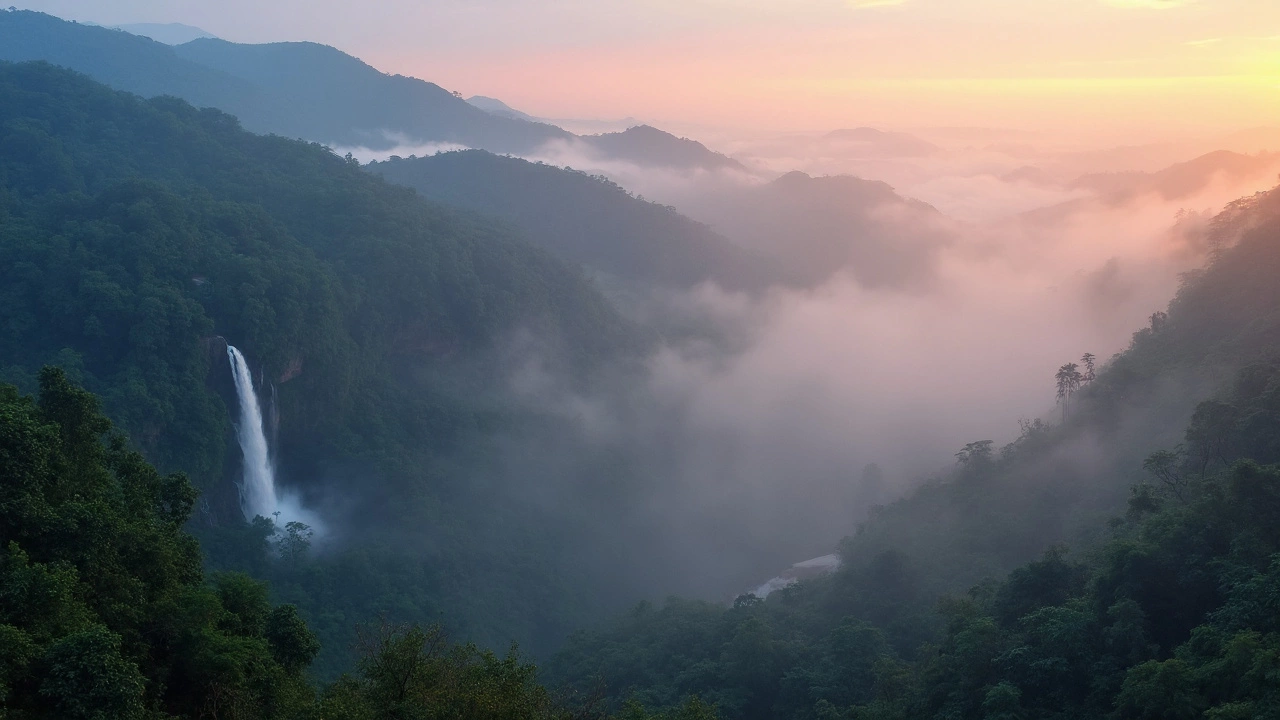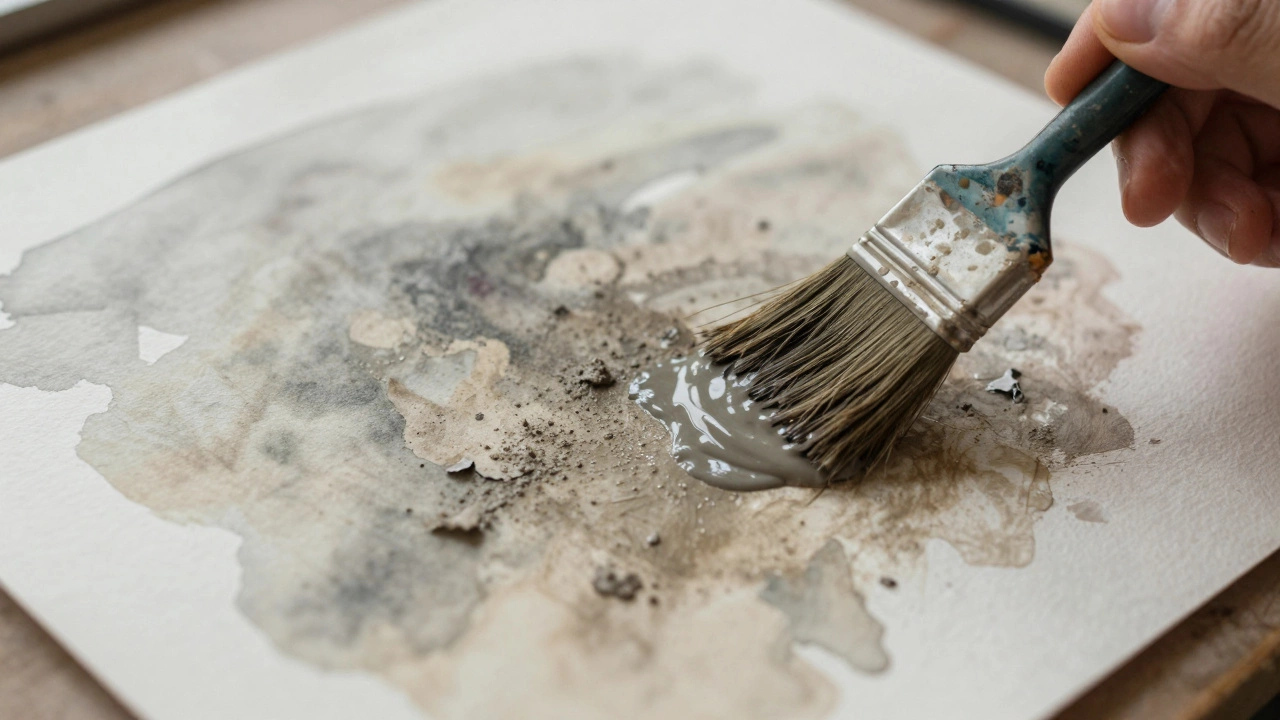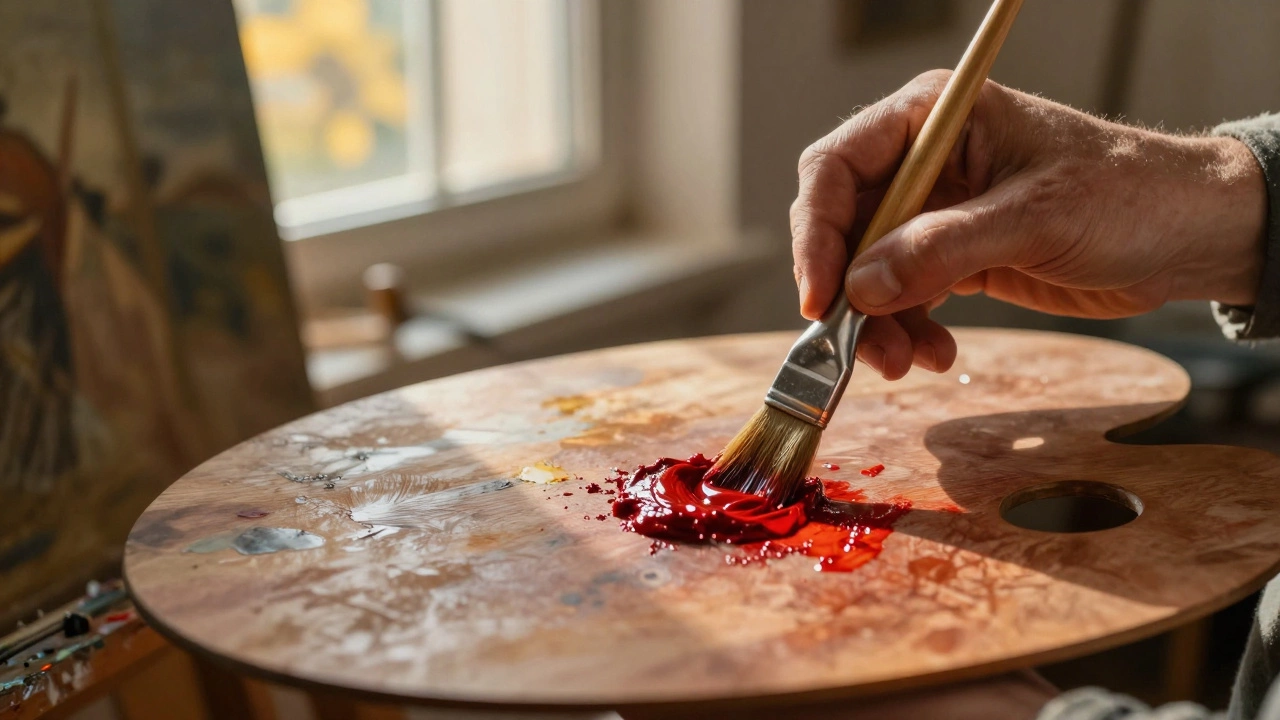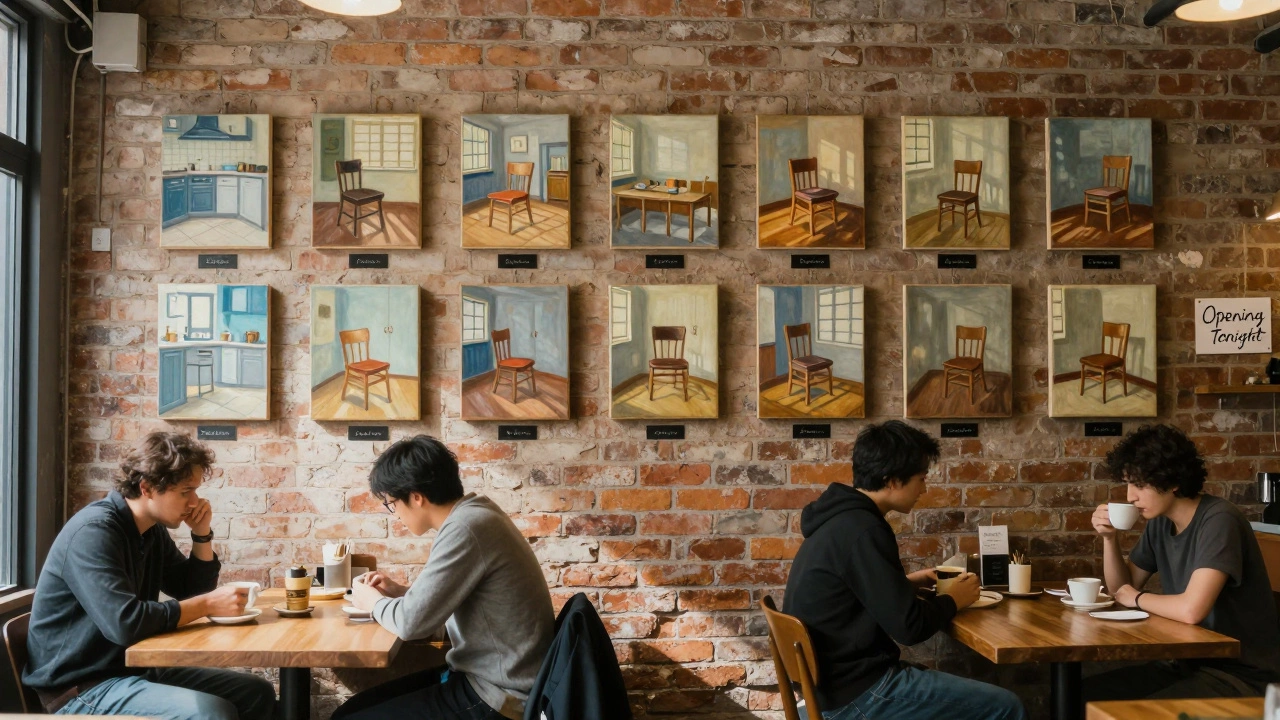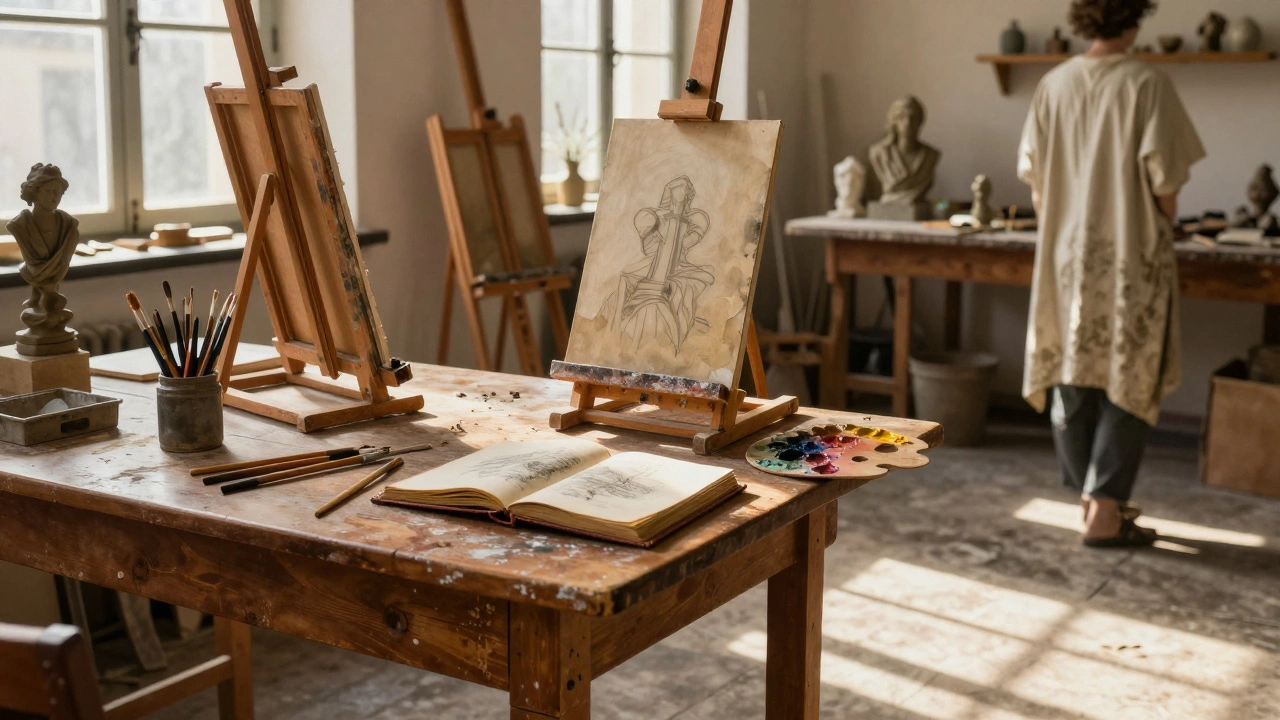Is landscape photography just about snapping pretty pictures of nature, or does it hold a deeper artistic value? While some folks might see it as a hobby for Sunday afternoon hikers, others argue that it stands shoulder to shoulder with more traditional forms of fine art. But what really makes a photo 'fine art'?
At its core, fine art photography is all about expressing an idea, message, or emotion—it's more than just a literal representation. When it comes to landscapes, this can mean aiming to evoke a sense of wonder, peace, or nostalgia. Some might aim to spotlight environmental issues, or perhaps just express the pure beauty of our world.
In this article, we’ll explore what sets these photographs apart, touching on the right techniques and tools to elevate a simple shot of a forest or mountain into a piece deserving of the title 'fine art.' From the creative choices you make behind the lens to the editing process afterward, there's a lot to unpack. So, grab your camera—or maybe just a cup of coffee—and let’s see if those snaps from your last hike could become a gallery-worthy masterpiece.
- Understanding Fine Art Photography
- The Artistic Elements in Landscapes
- The Role of Intention and Vision
- Famous Landscape Photographers
- Tips for Creating Fine Art Landscapes
Understanding Fine Art Photography
When we talk about fine art photography, we're really diving into the idea of capturing an emotion, a message, or a vision in photographic form. It's not just about point-and-shoot; there's an intention behind each click of the camera.
Fine art photographers are like storytellers who choose the visual medium to share their tales. They often pre-visualize the final image, considering how it will look and feel, which is key in distinguishing it from just a nice photograph. The goal? To create imagery that's as much about the artist's vision as it is about the subject itself.
What Sets Fine Art Apart?
One of the key elements is the photographer's intent. In landscape photography, the aim could be to highlight the majesty of a natural scene or to comment on environmental changes. It’s these layers that elevate photos from snapshots to fine art. Fine art isn’t about what the camera sees; it’s about what the artist sees.
Artistic Techniques and Tools
Photographers often use various techniques to evoke emotions or ideas. This could be achieved through creative use of light, composition, or post-processing effects. Tools and camera settings also play a big role. For instance, using a long exposure can turn a simple river shot into an ethereal water flow.
Some professionals argue it’s not just about technique but also about presentation. A fine art landscape might find its best expression as a large print rather than a digital file. The choice of frame and setting can drastically alter how the audience perceives the work.
The Commercial Side of Art
Interestingly, as the demand for fine art photography grows, so does its commercial appeal. According to recent art market data, fine art photographs can fetch anywhere from hundreds to millions of dollars, depending on the photographer and subject matter.
Understanding whether your landscape photography qualifies as fine art means considering these factors. It's about blending technical skill with a deeper intention, creating an image that speaks beyond just being a pretty picture.
The Artistic Elements in Landscapes
Alright, let's talk about what makes landscape photography tick as a form of fine art. At first glance, it might seem like capturing a nice view, but there's an art to it. Consider how artists in other media use elements like composition, lighting, and emotion. Photographers working in landscapes do the same, with a few unique challenges and opportunities.
Composition is Key
One of the first things to wrestle with is composition. This is how you arrange the elements within your frame. In landscape photography, the Rule of Thirds is a go-to strategy. Imagine breaking an image into nine equal parts and placing important elements at intersection points. It can guide the viewer’s eyes in a pleasing way.
But hey, rules are made to be broken, right? Sometimes breaking this rule with a centered composition can create impactful, symmetrical images.
Lighting and Time of Day
The right lighting can make or break your shot. Early morning or late afternoon—what photographers call the 'golden hour'—offers soft, warm tones that bring a magical vibe. Midday sun, on the other hand, can be harsh, but it’s all about how you use those shadows and highlights to your advantage.
Using Texture and Depth
Look for textures and layers in your landscapes. This could be the roughness of tree bark, the flow of a river, or the layers of mountains fading into the distance. Playing with depth can add a three-dimensional feel to your pictures.
Emotion & Storytelling
Don't just aim for pretty. Try to convey an emotion or story with your photo. Are you trying to capture the loneliness of a winter landscape? Or the awe of a majestic mountain? This emotional layer can elevate your work beyond the role of mere documentation.
By thinking about these artistic elements and practicing them, your landscape photography can truly start to tick the boxes of fine art. Grab your camera and experiment with these ideas—nature’s canvas is ready and waiting!
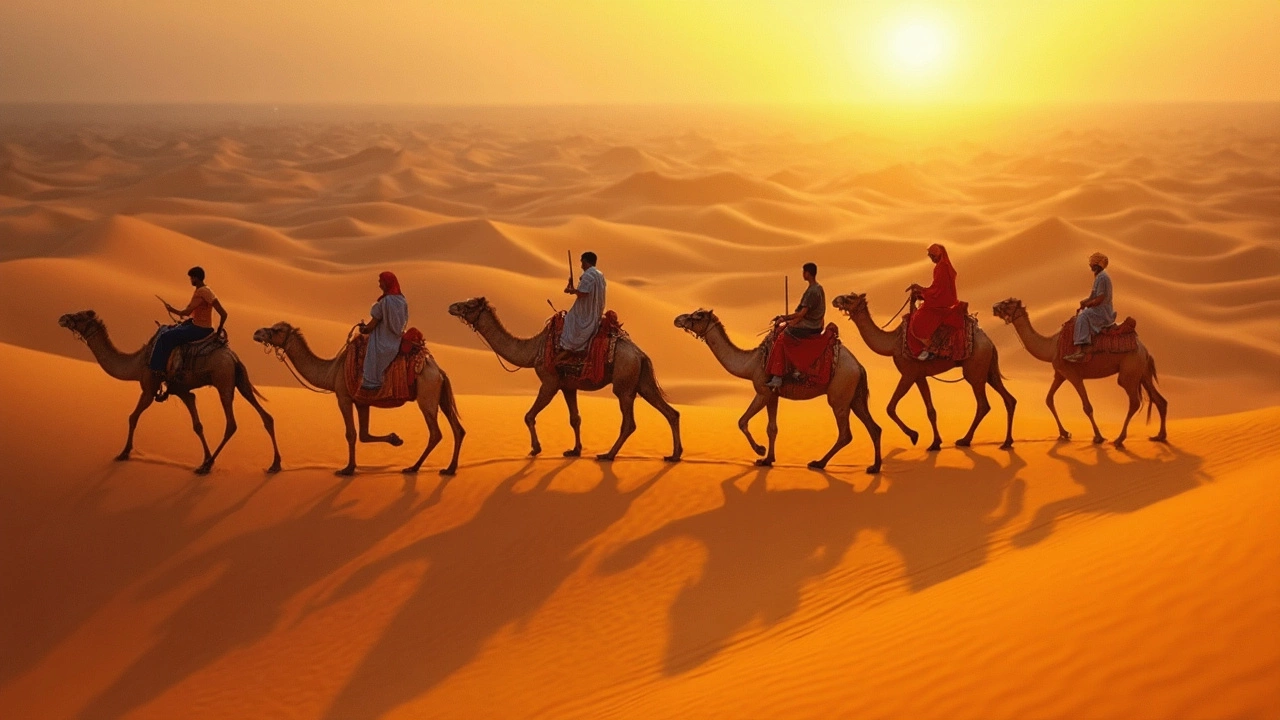
The Role of Intention and Vision
Now, let's get to the heart of what can turn ordinary landscape photography into fine art. It's all about the intention and vision behind each shot. While that mountain may look stunning in person, capturing it in a way that conveys a deeper message or emotion requires a bit more thought and creativity.
So, what does intention mean in this context? It's about what you want to say with your image. Are you highlighting the fragility of nature? Perhaps you're documenting the passage of time, showcasing changes in climate, or simply sharing the serenity these landscapes bring to your life.
Crafting a Vision
Vision, on the other hand, is about how you see the world and portray it through your camera. It’s your unique perspective, set apart by the choices you make in terms of composition, lighting, and timing. For instance, the same scene can give off a different vibe depending on whether it’s captured at sunrise, under the bright midday sun, or in the soft glow of golden hour.
Understanding your own vision lets you develop a distinctive style. Are you drawn to wide-open skies with dramatic clouds? Or maybe the intricate details of forest foliage grab your attention. Whatever it is, knowing your style helps in producing cohesive and recognizable work.
From Concept to Reality
The process often starts with brainstorming and planning. Here's a simple guideline to shape your vision:
- Research: Explore works of renowned photographers and analyze what resonates with you.
- Sketch and Plan: Before heading out, jot down ideas or sketch potential compositions.
- Experiment: Play around with angles, lenses, and settings to see what enhances your intended message.
In fine art photography, your intention acts as the underlying theme, while your vision is the creative twist that brings it to life. It’s not just clicking a camera button; it’s creating a dialogue between the viewer and your expansive vision of the world. So next time you're out there, don’t forget to ask yourself: What story am I telling?
Famous Landscape Photographers
The world of landscape photography is full of visionaries who’ve redefined how we see the natural world. These artists don't just capture what they see; they tell a story or evoke emotion with their images. Let’s look at some famous folks who’ve made a significant mark in this realm.
Ansel Adams
No list would be complete without Ansel Adams, the iconic name in fine art photography. Known for his black-and-white photographs of the American West, Adams captured the beauty of places like Yosemite National Park with striking clarity and contrast. His work became synonymous with the environmental movement, and his techniques for achieving maximum detail and depth—like the Zone System—are still used by photographers today.
Galen Rowell
Next, we have Galen Rowell, an adventurer at heart. Unlike many photographers of his era who remained studio-bound, Rowell combined his passion for climbing with photography, venturing to remote places to capture stunning landscapes. His commitment to capturing natural light resulted in vibrant images that inspired both photographers and outdoor enthusiasts.
Michael Kenna
Michael Kenna brings a minimalist touch to landscape art photography. Known for his serene black-and-white images, especially those featuring simple compositions and long exposures, Kenna's work focuses on the beauty of emptiness and tranquility. His unique style creates a dreamlike quality in his photos.
National Geographic Photographers
Lastly, while individual names like Adams or Rowell stick out, it's worth mentioning the collective impact of National Geographic photographers. These photographers have a knack for capturing awe-inspiring landscapes, whether it's the Northern Lights over Norway or the vast deserts of the Sahara. They use their talents to spark curiosity and concern about the world’s natural wonders.
These photographers remind us that landscape photography can transcend mere documentation—it can become fine art. Their work continues to inspire both seasoned pros and newbies alike to view the world through a lens of creativity and intention.
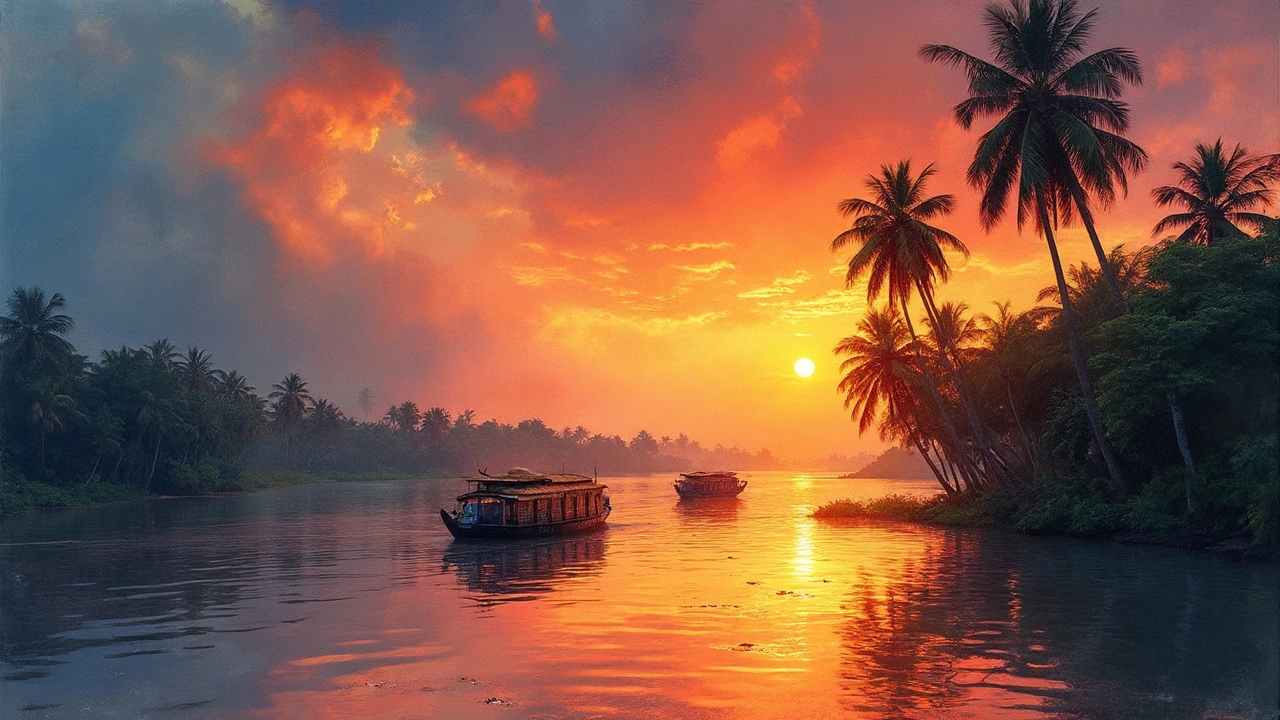
Tips for Creating Fine Art Landscapes
So, you want your landscape photography to stand out as a piece of fine art? Here are some tips that can help you elevate your work from a simple nature shot to something that could hang in a gallery.
1. Plan Your Shot
Timing is everything. The light is your best friend and your worst enemy, so plan around golden hour for soft, stunning images. Research locations well in advance. Know where the sun rises and sets to make the most of natural lighting.
2. Develop Your Vision
Fine art is all about intention and expression. Before you click, ask yourself what you're trying to say with your picture. Is it the loneliness of a deserted beach or the overwhelming hug of a dense forest?
“Photography for me is not looking, it’s feeling. If you can’t feel what you’re looking at, then you’re never going to get others to feel anything when they look at your pictures.” – Don McCullin
3. Use the Right Gear
While talent beats gear any day, having the right tools can make your job easier. Consider using a DSLR or a mirrorless camera with interchangeable lenses. A wide-angle lens can create a stunning sense of scale in your landscapes.
4. Post-Processing is Key
Don’t be afraid to edit. Software like Adobe Lightroom or Photoshop can be your best friend here. Fine art doesn't shy away from enhancement, so use these tools to refine your images to match your vision.
5. Get Inspired, Stay Original
Look at the works of other great photography art masters for inspiration. Ansel Adams and Galen Rowell are just two examples of artists who elevated the genre. But while inspiration is good, your own unique twist is what will truly make your work shine. So, build on what you see, but never copy.
6. Embrace Your Union with Nature
Engage all your senses. Listen to the rustle of leaves, smell the earth after rain, and let that enrich your photographs.
Finally, remember that creating fine art is about more than just technique. It's about capturing a moment that speaks to you—and, hopefully, to those who see your work too. Keep practicing, stay curious, and most importantly, enjoy the journey!
